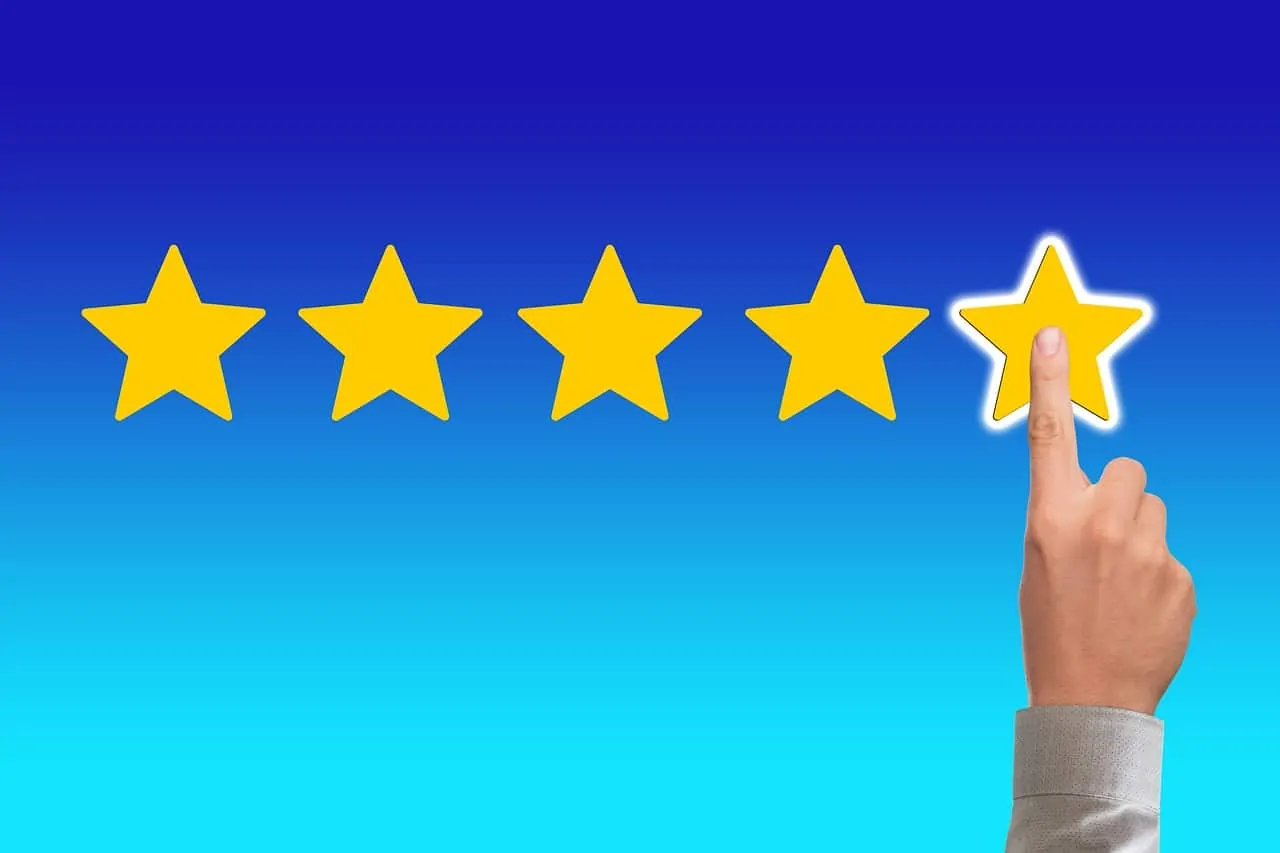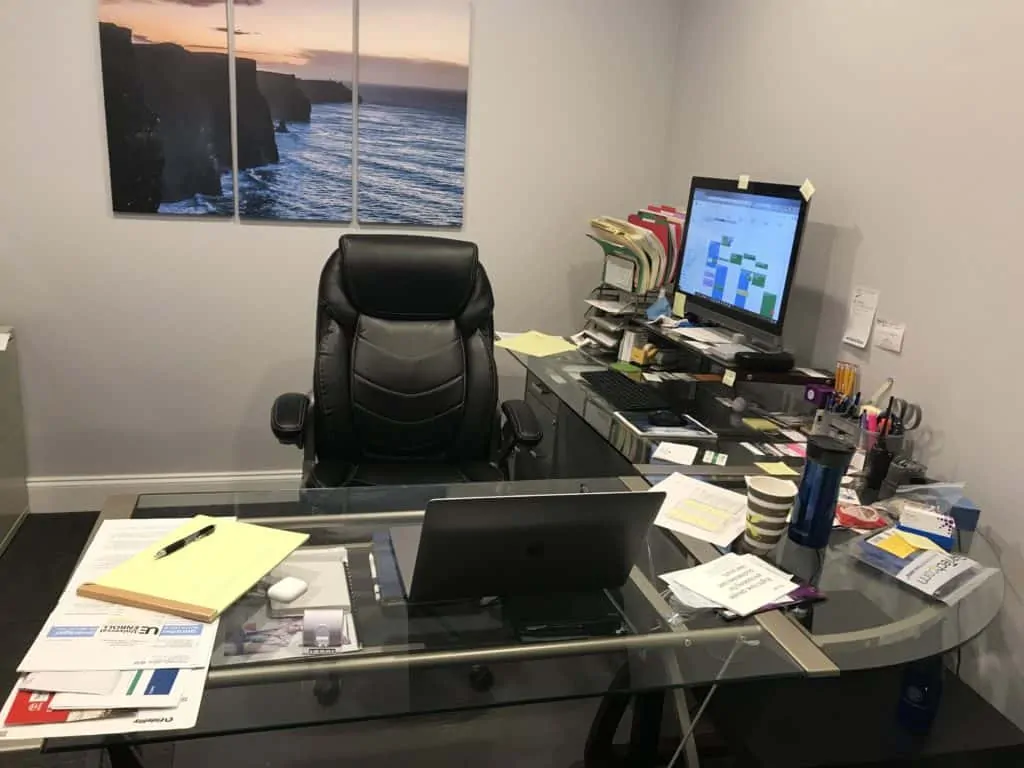Create Videos That Work For Your Business
When creating your marketing strategy it is critical to incorporate measurable benchmarks. In the past few years, video has become the “latest craze,” but does it work? Is video effective in making your business more money? Can you really sell more by incorporating a marketing video into a marketing mix? This article will help you identify components and activities that will improve your video effectiveness and help you create videos that work for your business.
Let’s start with what your video should do. If you’re going to create video content, there should be a purpose behind it. The goal shouldn’t be to just have a video…the goal should be to create a compelling video that will improve conversion rates by incorporating a call to action. This doesn’t always mean a blatant, “Buy this now,” rather, it can be a subtle illustration of next steps. It depends on the marketing campaign and the type of video. Regardless, your video should tell a story. Sometimes a story means a simple equation:
Current Situation + Problem Results = Problem Solved
Or, it could be:
Personal Challenge + Pain Caused = Organization Solved My Problem
These equations are not as literal as that, but essentially we’re sharing a current problem or situation and showing what the results of that problem are along with how a product or organization has solved it with it’s product or service.
When creating marketing videos effectively using that equation, one must understand the target market and the pains they are experiencing. By placing the product or service into the “problem solved” category, the viewer is more likely to understand how it works and why they should purchase or call.
Once the strategy is worked out, the next step is to understand the structure of an effective video. First, you’ll want to structure the most important part of the video toward the beginning of the video. We don’t mean blurt out the most important sentences regardless of their message; we mean structure the content to incorporate the most important components as early as possible. The reason for this is watch time. By measuring both whether someone watched the video and for how long they watched, marketers can use various tools to improve conversion. Knowing that viewers typically leave the video at the 36 second mark is important because any message after that point is usually not heard (and the 36-second number is just an example…usually every video has a different drop off point).
If the video is incorporated as a blog post (as in the video below), the goal is to learn how a search engine ranks the video or blog post. If the blog post and video answer a commonly asked question and can be incorporated as a landing page that is found via search, the length of the video can be longer. These videos tend to have longer watch times because the viewer arrived there searching for more information. This tactic is smart video marketing for any small business.
Make the video compelling and fun to watch. Who would ever want to sit through a boring video? If the goal is to get the viewer to take action, then boring it cannot be. Crafting the right video idea takes creativity… and that’s where the magic happens! When you hire a professional video production company, they should be able to create a concept that matches your branding guidelines yet still captures the viewer’s attention to result in the viewer taking action. This video was fun:
Another question to ask: Can you watch it on your phone? Google has pushed the transition to be mobile friendly for the past couple of years and we don’t think it’s going to stop. You’ll often be quoted some astronomical number of hours of video being watched online every year. Recently we saw an article say that YouTube mobile video consumption has been increasing by 100% every year in the last couple of years. We think that’s probably true…but the videos being watched aren’t marketing videos. They’re including all video, which means the live streams, the content that is long-form video, even Monte Python movies are available for viewing if you like. So, don’t think you’re missing out on all of it, but you should have some video for other reasons. SEO.
SEO, also known as Search Engine Optimization is content that increases the brand, the keywords, the data that says this is what this website is all about. In other words, if you have a business that sells yard products (mowers, parts related to mowers, rakes, trimmers, etc.) and you consistency posted blogs about car repair rather than mowing equipment, Google might confuse your site with a auto repair shop. It’s critical to be consistent in your keywords and content. Same goes with your video…and since Google owns YouTube, you should do the same with your videos.
When you finish your video, you’ll want to incorporate a link or a reference about where to find more information. If your video ends up getting shared several times, you’ll want to make sure the video guides the viewer back to the page they belong…where the content resides.
If you’re creating a business video, you’ll want to inform and educate the viewer. Information and education is king with YouTube and Google because more people search for and watch those types of videos. If you can, you should be offering advice and tips instead of being 100% promotional or marketing in nature.
Music is critical to how we feel during and after we watch a video. Think about the last great movie you watched (or next time pay attention to the music more than anything else). You’ll find that music is almost a character by itself. Without the atmosphere the music creates, you don’t have much of a scene…unless silence is important to the message.
What should I do next? If the viewer has to ask this question after watching your video, you’re missing the call to action. It should be blatant, straight forward, and clear. It should tell the viewer what you expect them to do once they’re done watching. Sometimes it makes sense to put the call to action earlier in the video so if they understand enough and wish to take the next steps earlier than the end, they’ll know what to do. Like this…
What Types Of Video Get the Best Results?
Video Tutorials – By sharing with the viewer how to do something they want to learn how to do, you give them the feeling you’re professional and worth their investment. If they see you as someone they can trust because you’re talking about something they’re trying to do or fix, the likelihood of them calling you increases the longer they watch.
Behind the Scenes – If you do stuff that’s interesting or different than most people understand, you might consider a behind the scenes video. They get people interested in what you do to make the magic happen. If what you do is truly magical…you probably don’t want to share your trade secrets, but sometimes showing a little of the magic and make a huge difference in getting them to take action to call you.
Frequently Asked Questions – The best type of video for SEO is the Frequently Asked Question (or FAQ). This type of video answers a question the viewer is searching for and wants to know the answer. If you can give them the answer and still leave them wanting more, you’ve hit the sweet spot.
Animation – Sometimes, with some products, it makes sense to create an animated video. The reason animated video makes sense for something is when you can’t see inside a product to understand what it does. Here’s an example.
Social Media Videos are highly productive for funneling people to a landing page. Our recommendation is to use a short version of the video to bring them to a landing page with a longer form version of the video. But don’t forget that call to action!
Other Tips to Successful Business Videos
Marketing or Promotional Videos – These should be short and to the point. No one wishes to watch a video to be sold to, but a short promotional video can make a difference between a purchase or an empty cart. Just keep it short. What’s short? 20 seconds for some items. 45 seconds for other.
Professional – If you’re looking to be taken seriously (think professional services), we wouldn’t recommend shooting something on your phone and using (unless it makes sense because it’s about something happening right now). Professional services videos should have professional video.
Landing Pages – If you’re creating a funnel for your video, consider using a landing page for your video. It works very well.
Need help? Give us a ring!
Source: Small Business Trends – 25 Tips for Creating Great Marketing Videos
























